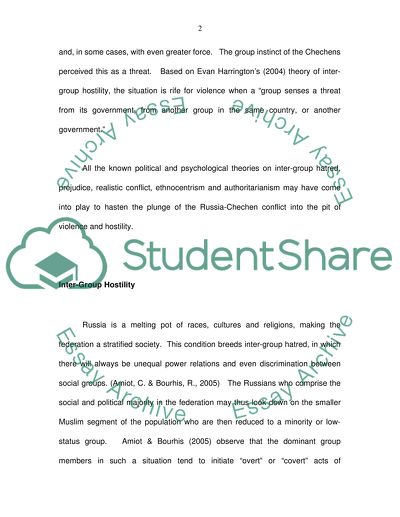Cite this document
(The Political Psychology of Conflicts Literature review - 5, n.d.)
The Political Psychology of Conflicts Literature review - 5. Retrieved from https://studentshare.org/politics/1537316-literature-review
The Political Psychology of Conflicts Literature review - 5. Retrieved from https://studentshare.org/politics/1537316-literature-review
(The Political Psychology of Conflicts Literature Review - 5)
The Political Psychology of Conflicts Literature Review - 5. https://studentshare.org/politics/1537316-literature-review.
The Political Psychology of Conflicts Literature Review - 5. https://studentshare.org/politics/1537316-literature-review.
“The Political Psychology of Conflicts Literature Review - 5”, n.d. https://studentshare.org/politics/1537316-literature-review.


